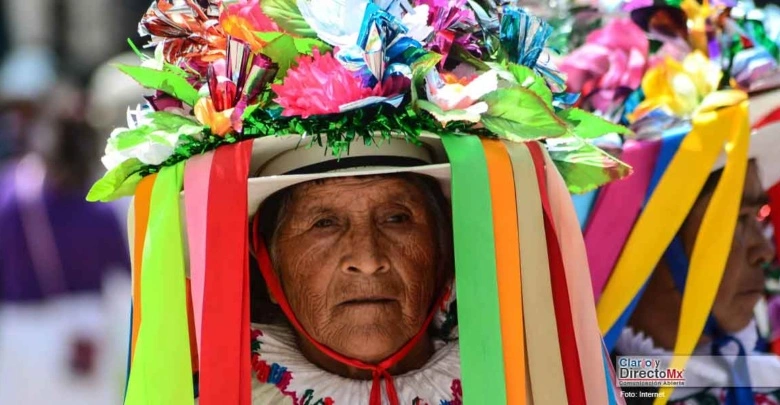
Similar to the rest of the doll’s style, the colours of the ribbons in the doll’s hair and/or headdress are chosen for their brightness and vibrance. Their flow and colours symbolize a radiant ideal of beauty, life energy and joy, representing the local conceptions of beauty and aesthetics (Aguirre Mendoza & Borja Cruz, 2020).

The appearance of the doll, with her long braids, big innocent eyes and bright, multicoloured ribbons and clothing, altogether represents the image of beauty and youthfulness as it is thought of in the community. Furthermore, the dolls were a common toy for girls in the Mazahua and Otomí communities to play with long before the commercialization of the doll in the 1970s and it even became a custom to place them at statues of the Virgin Mary as gifts (Durango, 2014).
What might be seen as a stereotypical depiction of femininity at the same time represents aesthetics and customs that are alternative to those perpetuated in dominant popular culture. From its early days to the present, the doll has been a token of the culture and identity of the Otomí and Mazahua communities and their women.